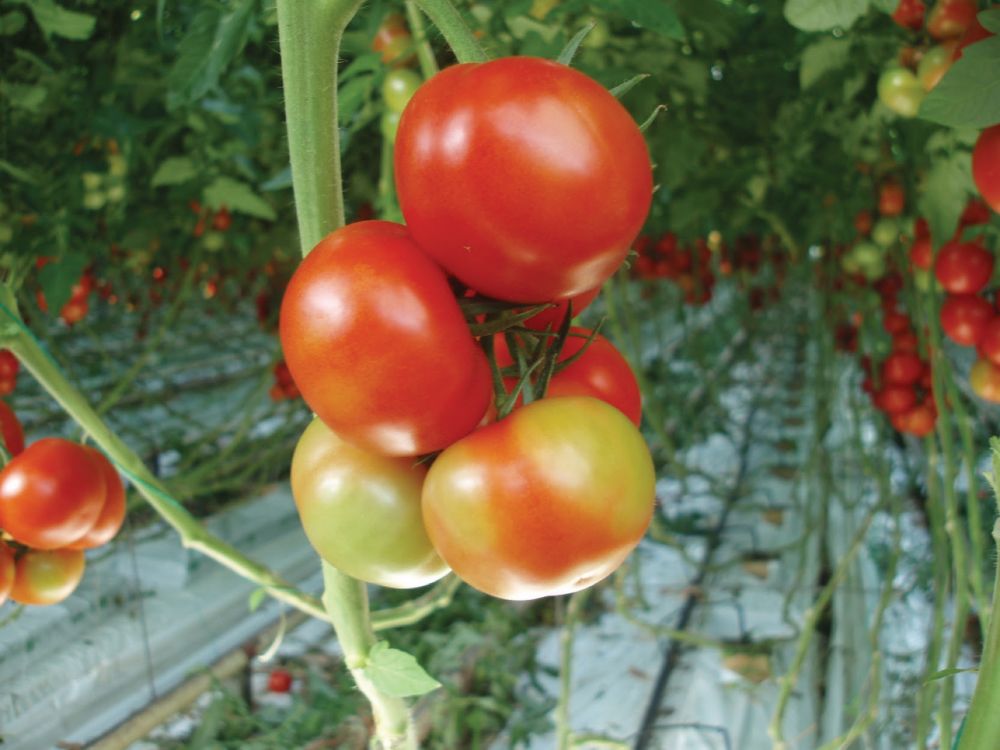
Growers are being urged to follow new biosecurity measures to help eradicate one of the most economically devastating tomato diseases, the pepino mosaic virus.
Pepino mosaic virus (PepMV) is one of the most economically important diseases of tomatoes, and fruit infected with multiple strains of the virus experience more severe symptoms.
The disease affects both fruit quality and yields and there are known to be three strands present on UK crops. Symptoms on fruit can include marbling and flaming marks, as well as split or malformed fruit.
Severe infections on crops can have significant economic impact, with one nursery estimating that the disease caused around £400,000 of crop loss in 6ha of the variety Piccolo.
As a result, growers are being urged to take steps to ensure, even where infection has already been confirmed, no additional strains of PepMV are brought into the site.
'Really important' research
An intensive clean-up process, thorough composting of crop debris and a review of source waters will significantly reduce the chances of the virus being viable, according to AHDB Horticulture.
In addition, the risk of PepMV transmission from small root pieces that remain in the soil after the crop has been removed appears to be very small – a finding of particular relevance to organic growers.
The new recommendations are a result of an AHDB Horticulture-funded research project, which aimed to increase understanding of PepMV symptom severity and persistence on nurseries
Brian Moralee of APS Group and an industry representative on the project, said: “PepMV persists on our production site and we are finding economic losses from it. We are involved with this project as we wanted to understand more about the virus and why our annual clean-up was not eradicating it.
“The research has been really important to help understand the spread of the virus, particularly in the composting processes and in the soil on organic crops.”
